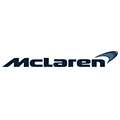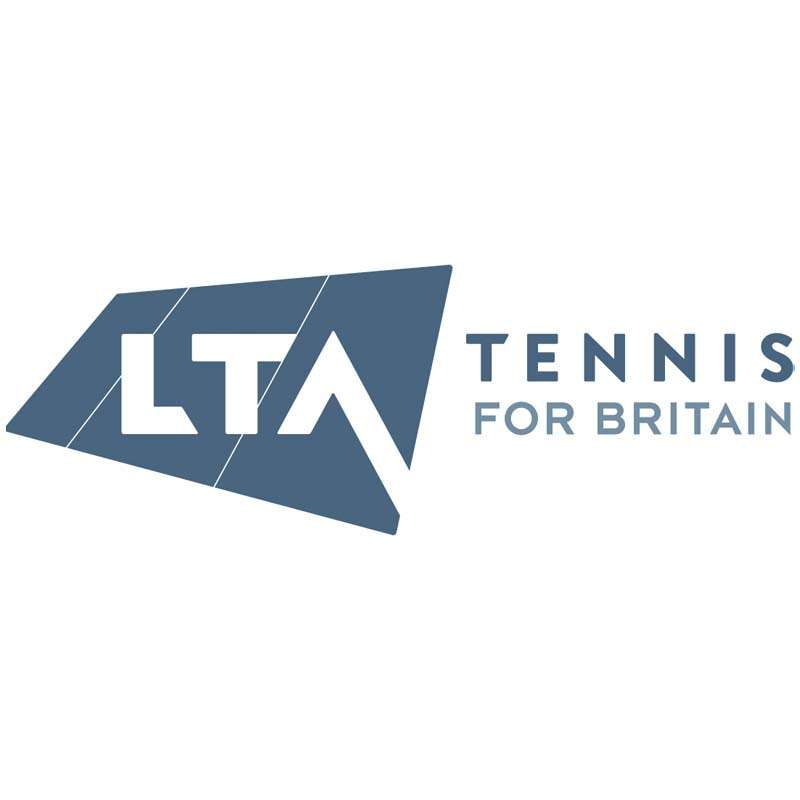Are Temporary Structures Cost Effective?
Are you planning for a corporate event, or trying to manage a construction project, then the question often arises: should you invest in a permanent building or opt for a temporary structure? This decision can significantly impact your bottom line, time frame, and overall project success.
Temporary structures have evolved dramatically over recent years. No longer simply basic marquees or prefabricated units, today’s temporary buildings offer sophisticated design, impressive durability, and remarkable versatility. But are they truly cost-effective compared to their permanent counterparts? Let’s explore this question in depth.
What are Temporary Structures?
Temporary structures include a broad variety of building solutions intended for short to medium-term and even long term applications. It covers temporary buildings such as modular units, educational facilities, warehouses, and film studios, as well as event structures like exhibition tents,venues for product launches, and other similar applications.
Unlike permanent buildings, temporary structures are typically designed for quick assembly, disassembly and reusability. They use lightweight yet durable materials such as aluminium frames, tensioned fabric membranes, composite panels, and modular components.
The key distinction from permanent buildings lies in their foundation requirements (often minimal), construction methods (typically modular or component-based), and the expectation that they will be dismantled at some point, though this timeline can range from days to weeks.
What Determines the Cost-Effectiveness of a Temporary Structure?
Several factors influence whether a temporary structure represents good value for your investment such as:
1. Project Duration and Long-Term Planning
The intended period of use significantly impacts the cost-effectiveness calculation:
Short-Term Applications for seasonal events 1 week – 4 months): For temporary events, seasonal operations, or bridge solutions during construction projects, the rental or purchase of temporary structures typically proves substantially more economical than permanent buildings. Event space temporary structures, such as film shooting sets, care centres and so on, for instance, can be hired for specific durations, eliminating concerns about long-term maintenance or depreciation.
Medium-Term Solutions (4 months – 5 Years): The cost comparison between temporary vs permanent structures becomes more nuanced. While modular buildings cost significantly less initially, cumulative rental fees or maintenance expenses may begin to approach permanent building costs over this timeframe.
Long-Term Deployment (5+ Years): There are times when companies wish to erect more permanent structures for longer uses, such as branches of an office. In such cases, businesses should conduct a thorough lifecycle cost analysis. Modular buildings are designed for longer lifespans ( 20 years), which can be easily relocated at your convenience. This will represent better value than continually renewing short-term structures. Opting for long-term deployment in the form of a more permanent structure saves the clients from the hassle of renewing the structure or making amendments repeatedly.
2. Capital Expenditure vs Operational Expenditure
Temporary building solutions offer financial flexibility through various procurement models:
- Purchase Options
In the UK, on average, upfront acquisition of temporary structures represents a capital expenditure that typically ranges from 30-50% of equivalent permanent construction costs. While requiring initial investment, this approach eliminates ongoing rental fees and provides an asset that retains some residual value.
- Rental Arrangements
Neptunus offer rental options that convert building costs from capital expenditure (CapEx) to operational expenditure (OpEx). These preserve working capital and provide tax advantages for many organisations, as rental costs are fully deductible business expenses.
3. Purpose and Application
The purpose of a temporary structure can greatly impact its cost-effectiveness. Some common applications include:
- Events: Temporary marquees or pavilions are cost-effective solutions for one-off or seasonal occasions, as they eliminate the need for permanent event venues.
- Construction Sites: Modular buildings cost significantly less than constructing permanent offices and can be relocated as projects move.
- Emergency Relief: Temporary structures are invaluable in disaster situations due to their rapid deployment capabilities.
- Business Operations: Temporary buildings for business operations provide flexible workspace solutions without the high costs associated with permanent structures.
4. Location and Site Conditions
Site preparation for temporary structures is typically less intensive than for permanent buildings, reducing groundwork costs. However, logistical considerations like the site’s accessibility, ground stability, and the availability of utilities (electricity, water, and drainage) can affect the overall expense. For example, remote locations may require additional logistics, increasing costs, and additional foundation work.
5. Maintenance and Durability
While temporary structures often have lower upfront costs, their lifespan is generally shorter than that of permanent buildings. Generally, the temporary structures are a considerable advantage with their reusability factor.
Understanding the maintenance requirements is crucial when evaluating the total cost of ownership.
Ready to Explore Temporary Structure Options?
Temporary structures can indeed be highly cost-effective solutions for many organisational needs, particularly when time constraints are tight, future requirements are uncertain, or flexibility is valuable. While not suitable for every application, modern temporary buildings offer remarkable quality, functionality, and durability while providing significant economic advantages in many scenarios.
The key lies in carefully assessing your specific requirements and considering not just the immediate cost comparison but the complete financial picture throughout the structure’s lifecycle. When you take this comprehensive view, temporary structures often emerge as the optimal solution.
Neptunus Structures specialises in flexible, reusable, and cost-effective temporary building and event structures tailored to your specific requirements. Our extensive experience across sectors, from airport terminals to exhibition spaces, from retail environments to industrial applications, enables us to provide expert guidance on the most cost-effective solution for your needs.
Contact our team today at +44 1604 593820 to discuss how our wide range of temporary structures can help you achieve operational excellence while optimising your infrastructure investment.









